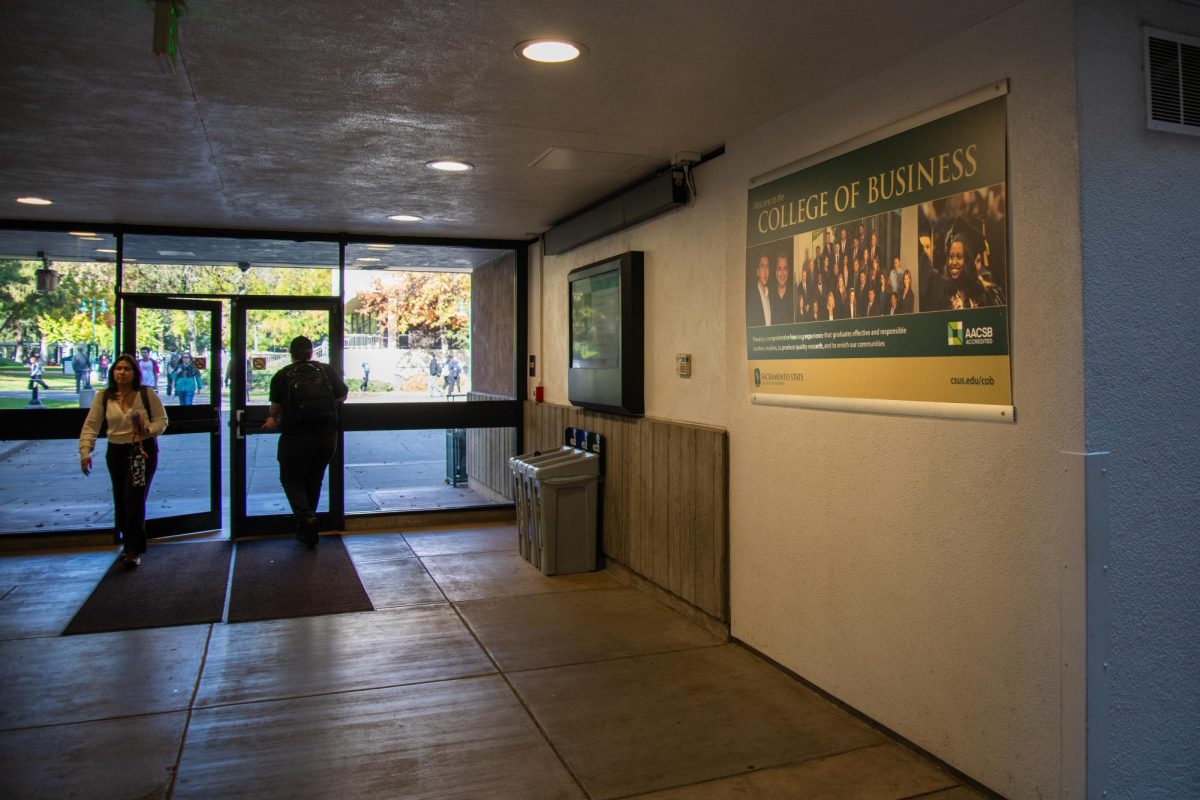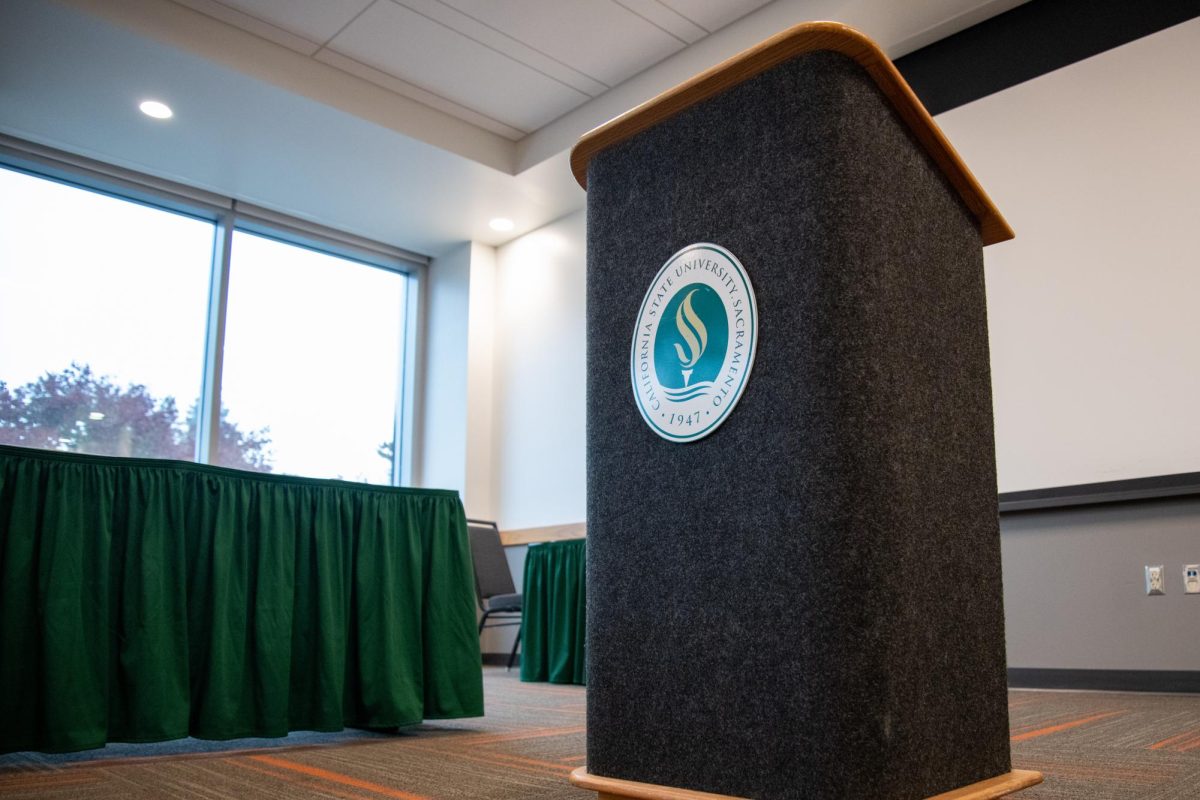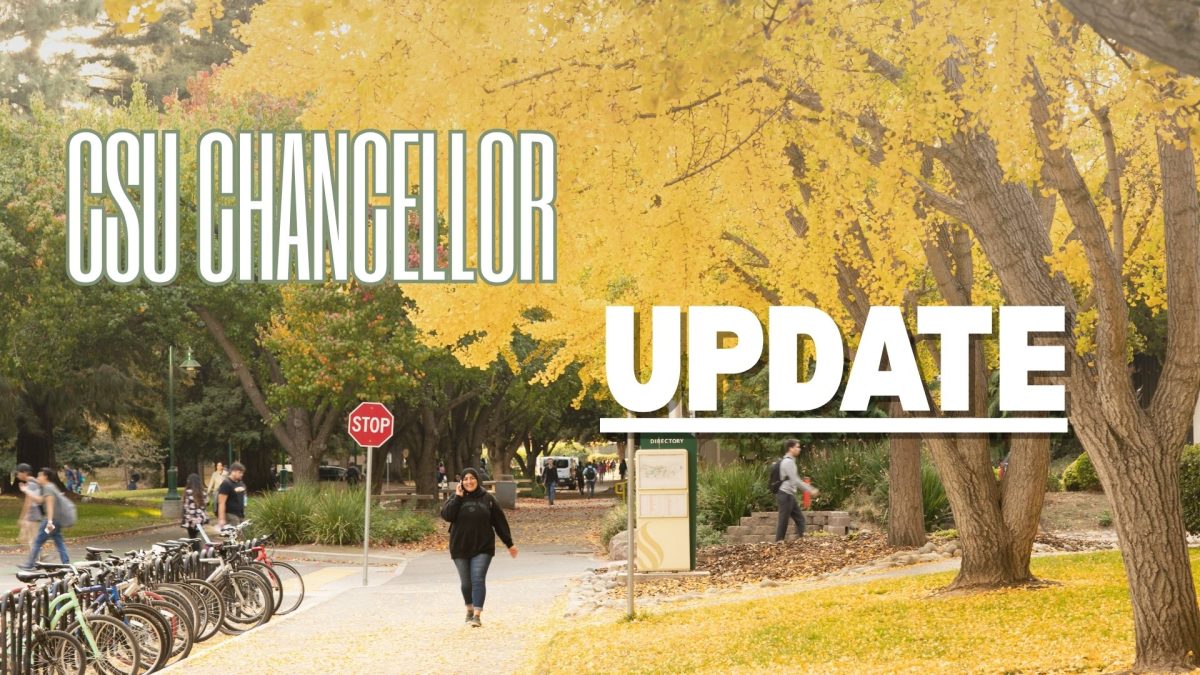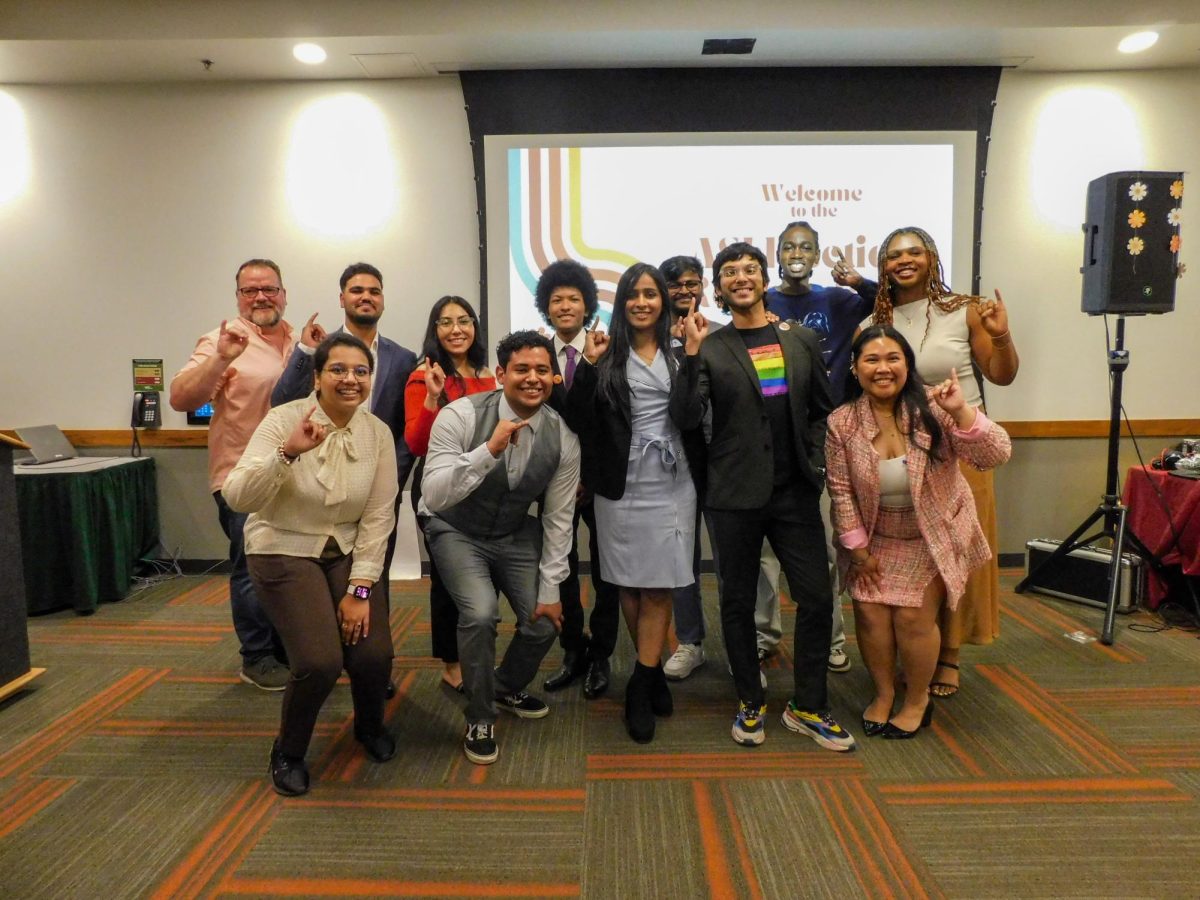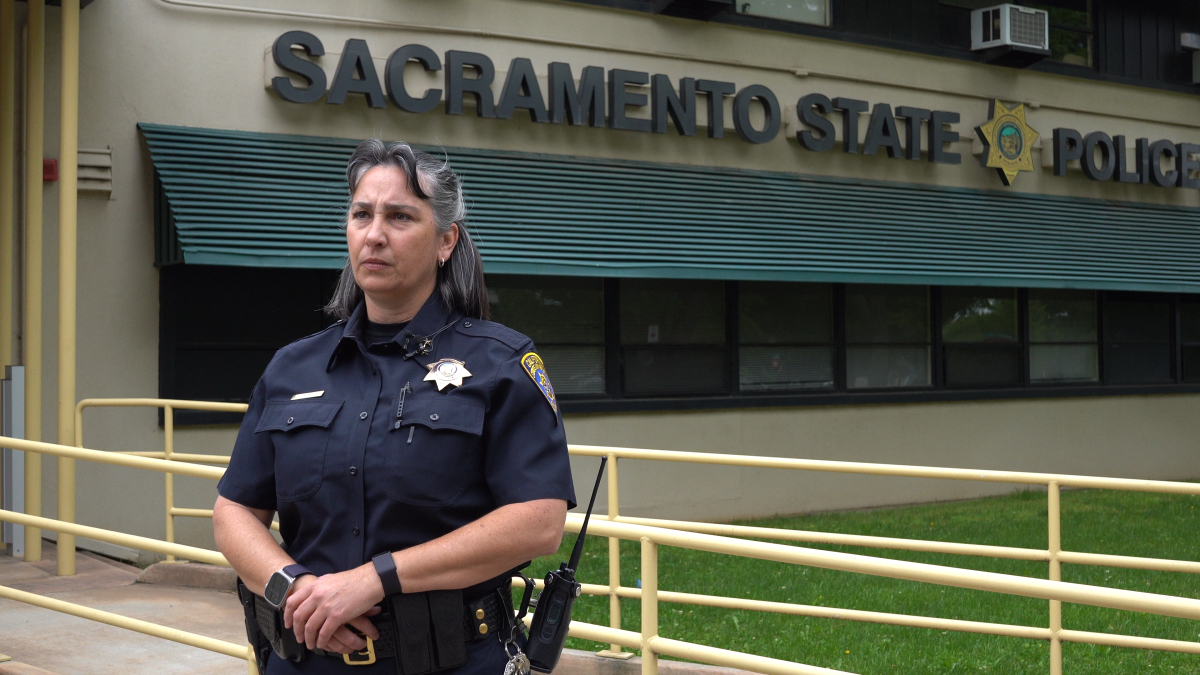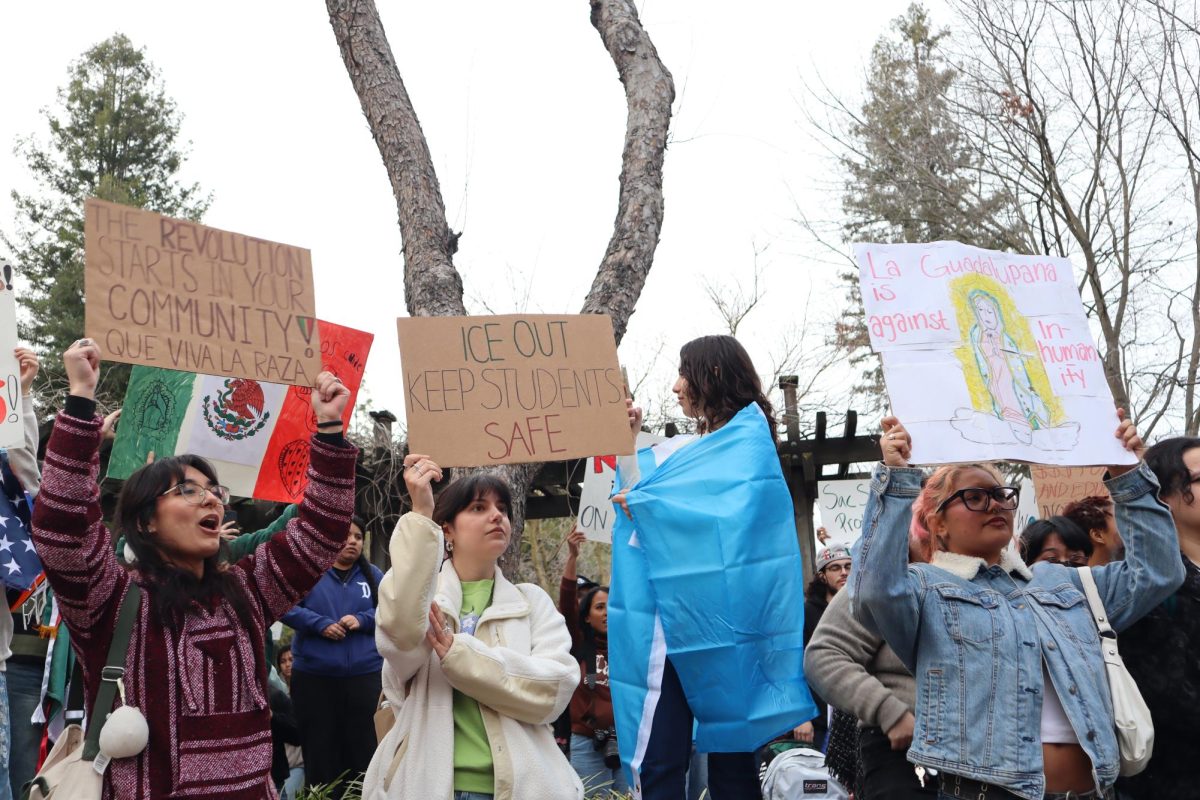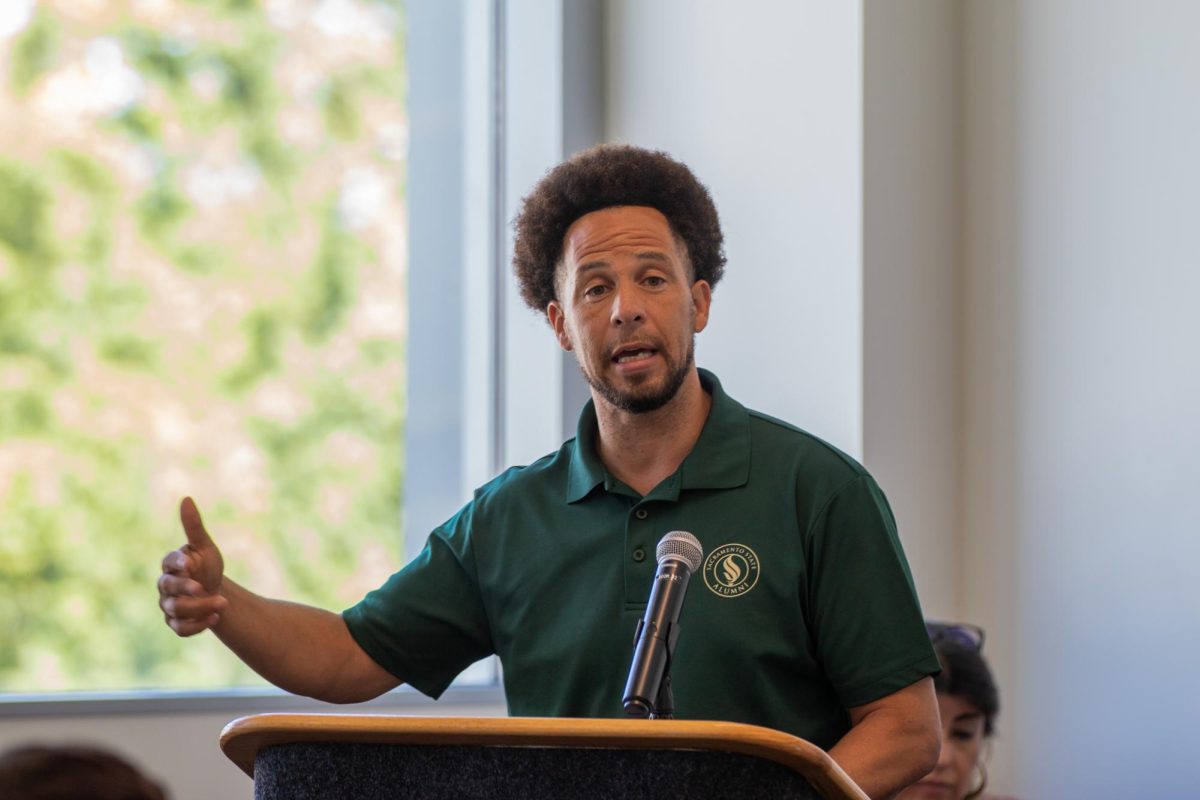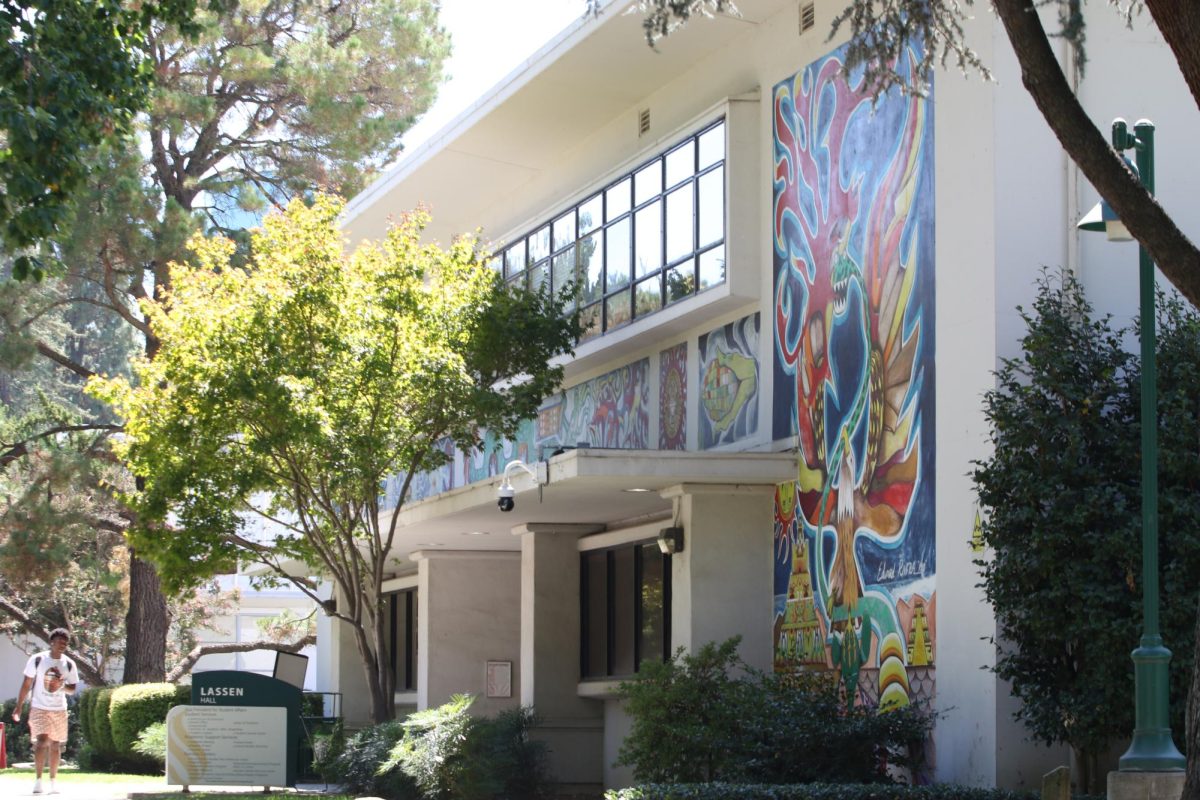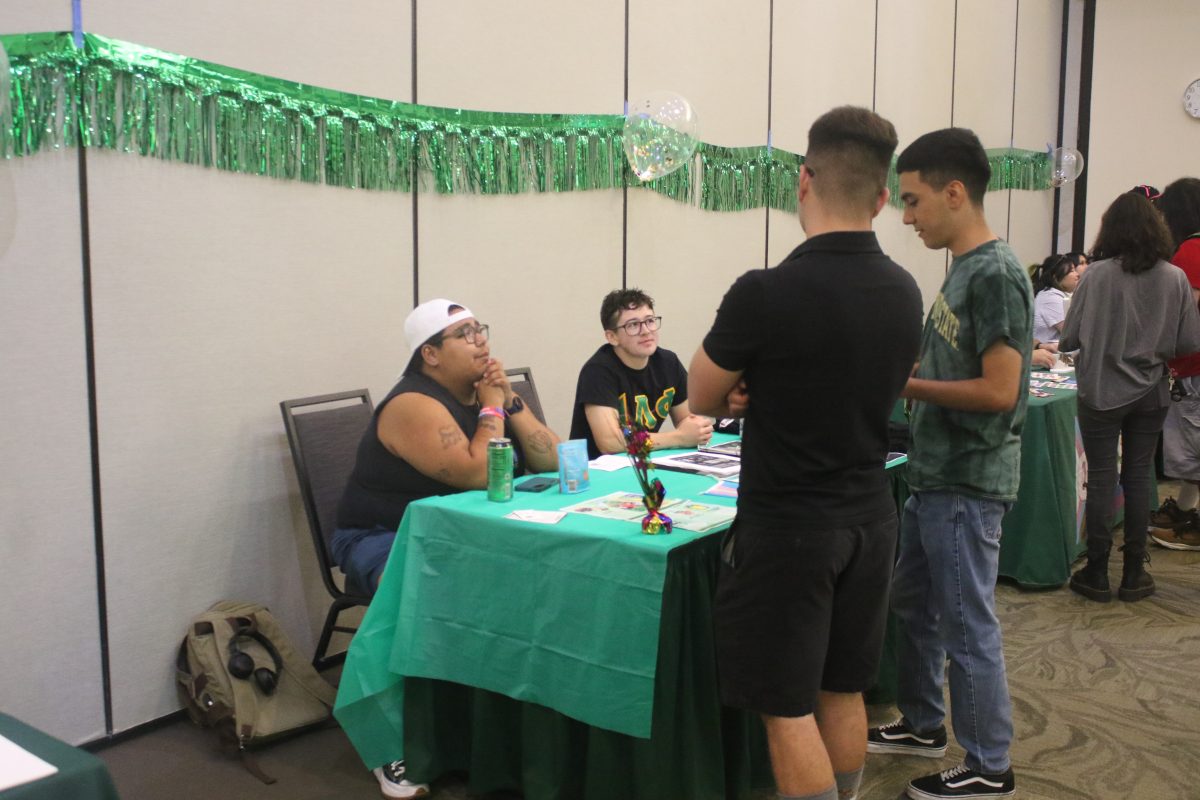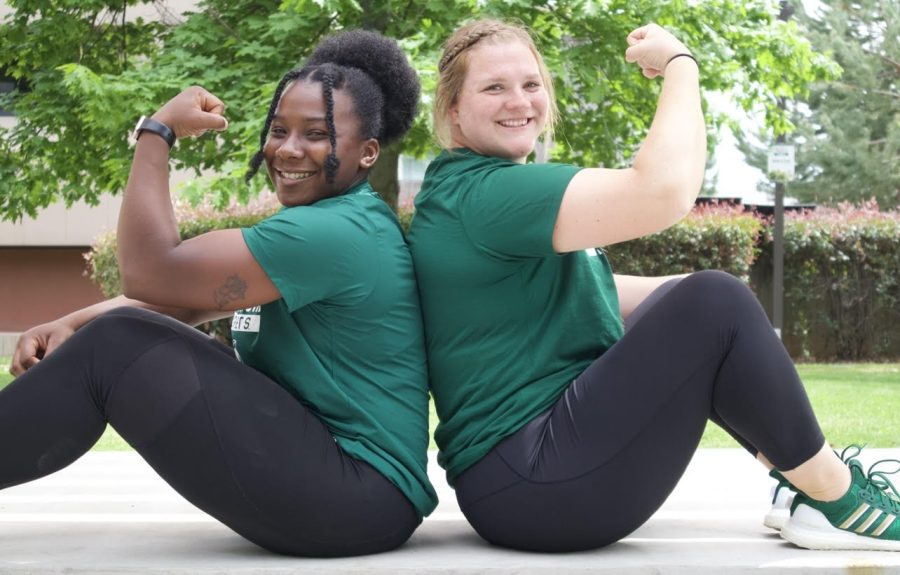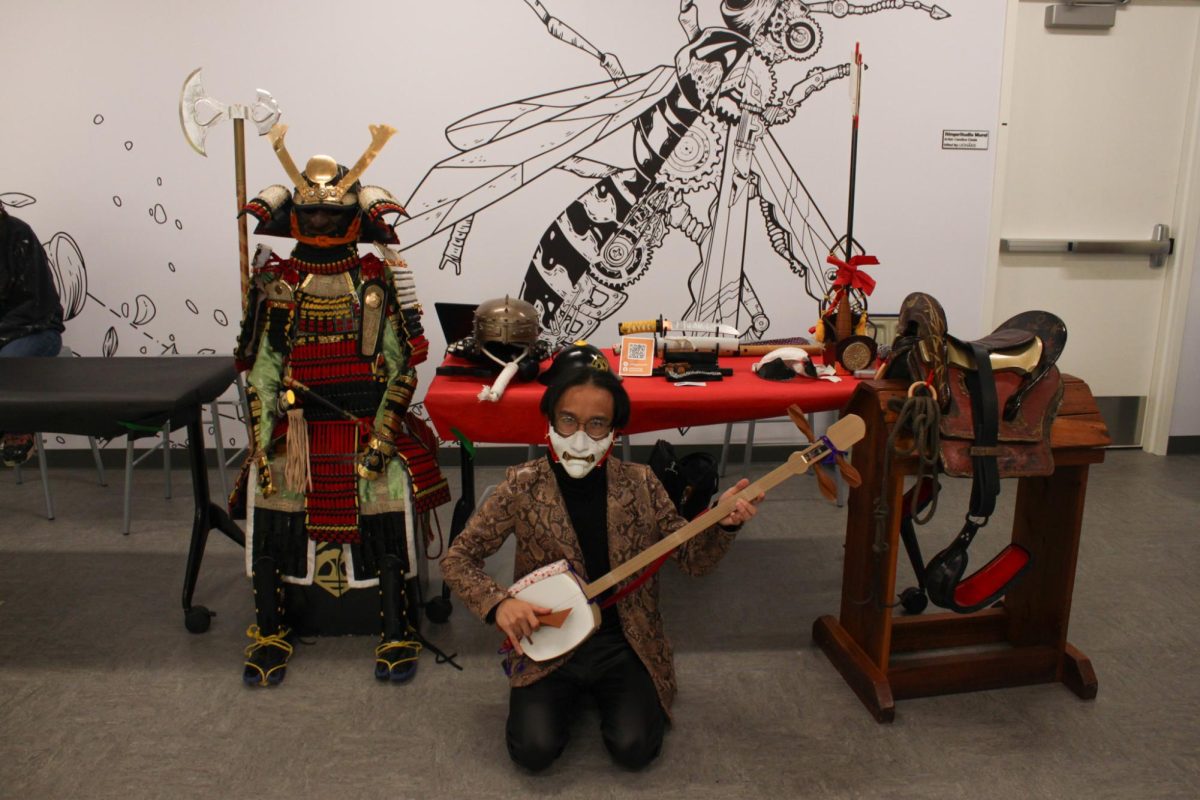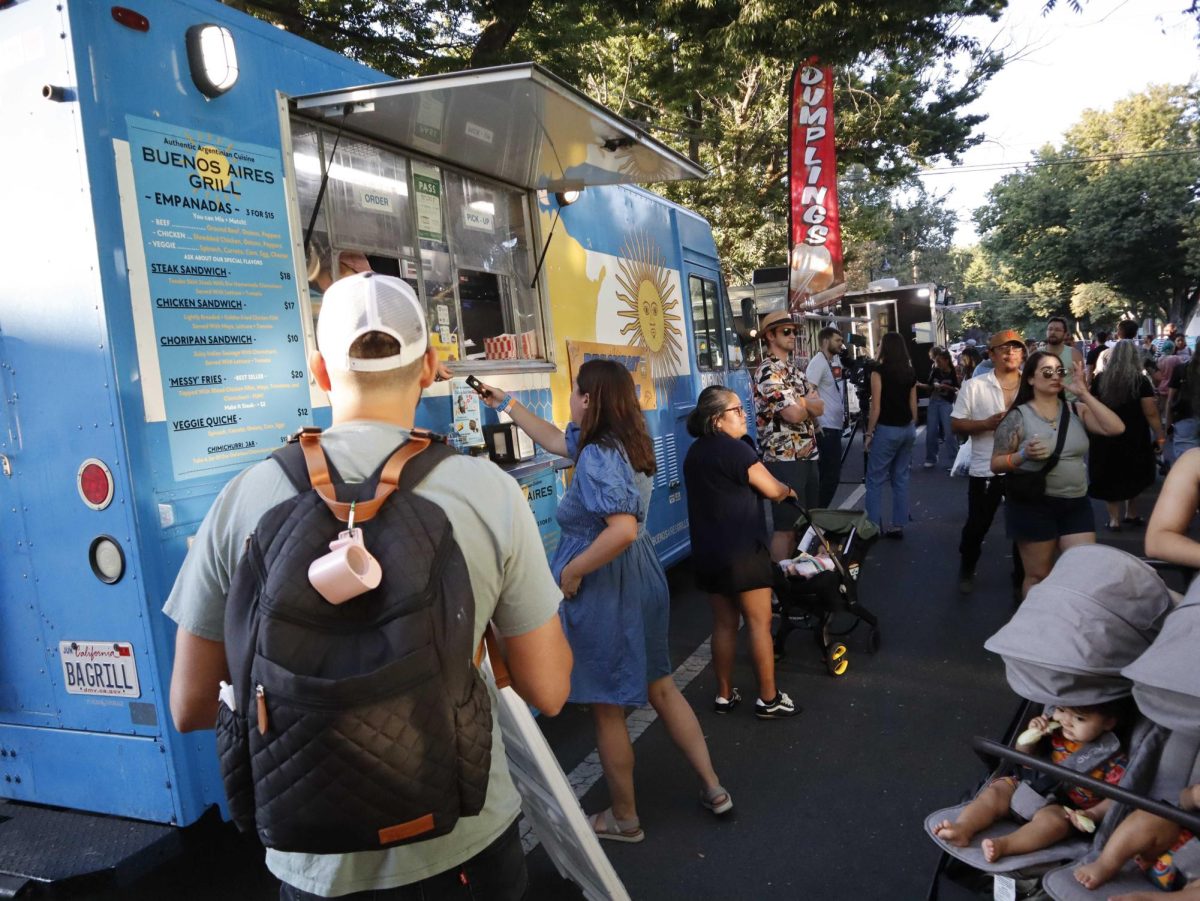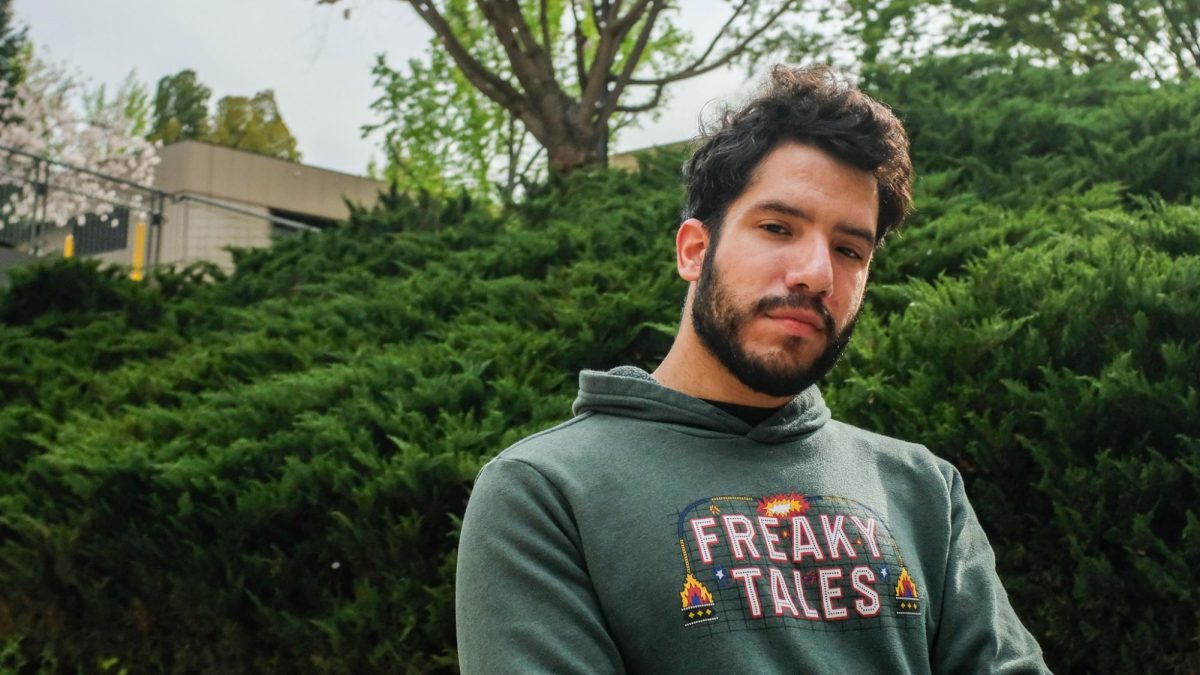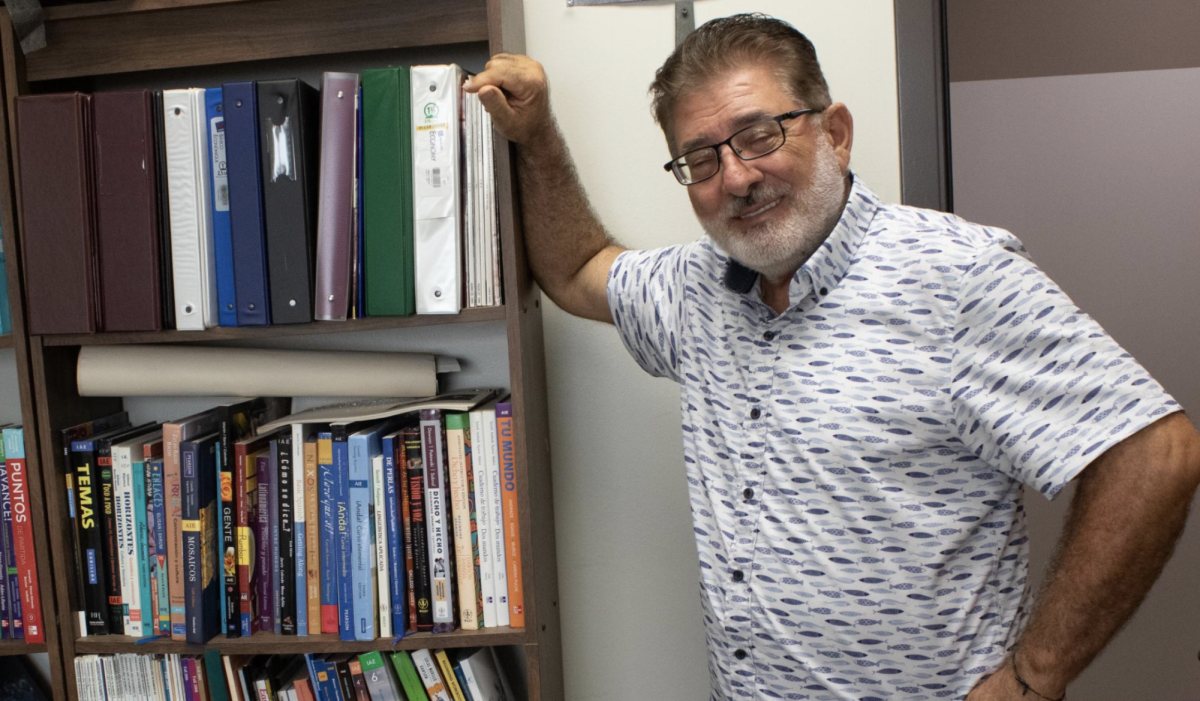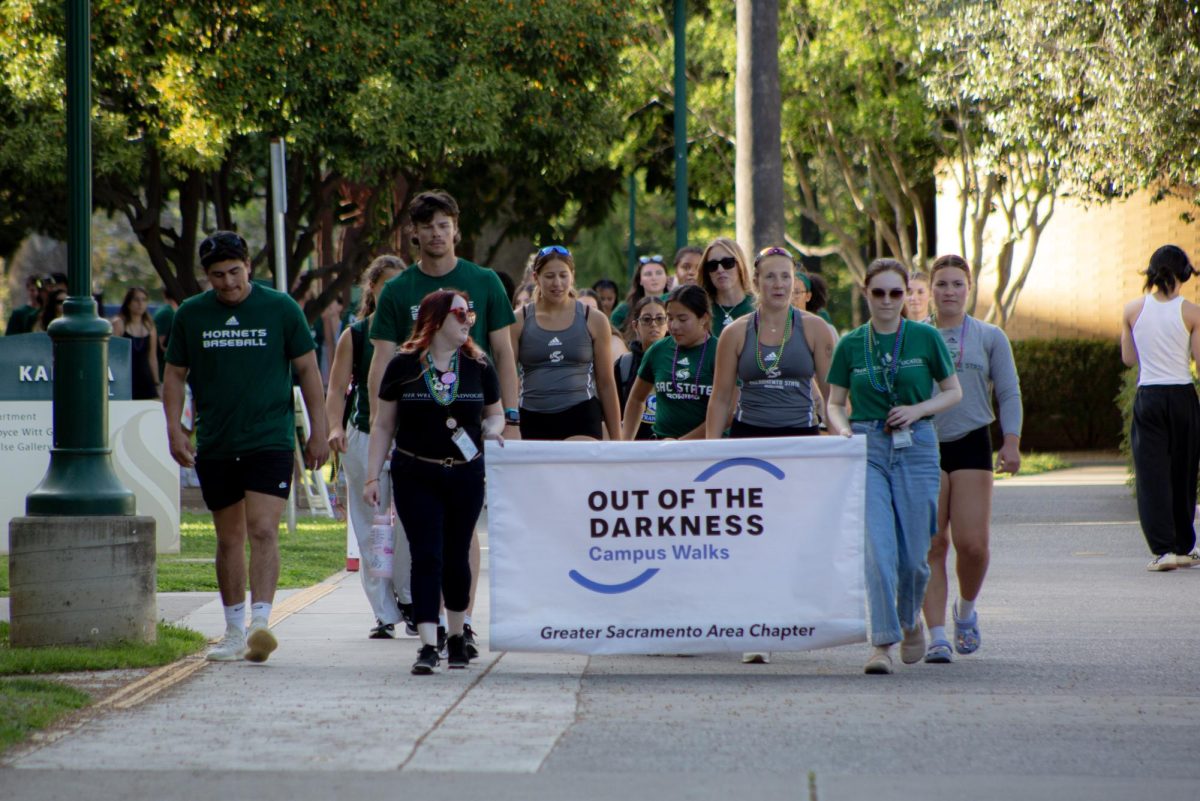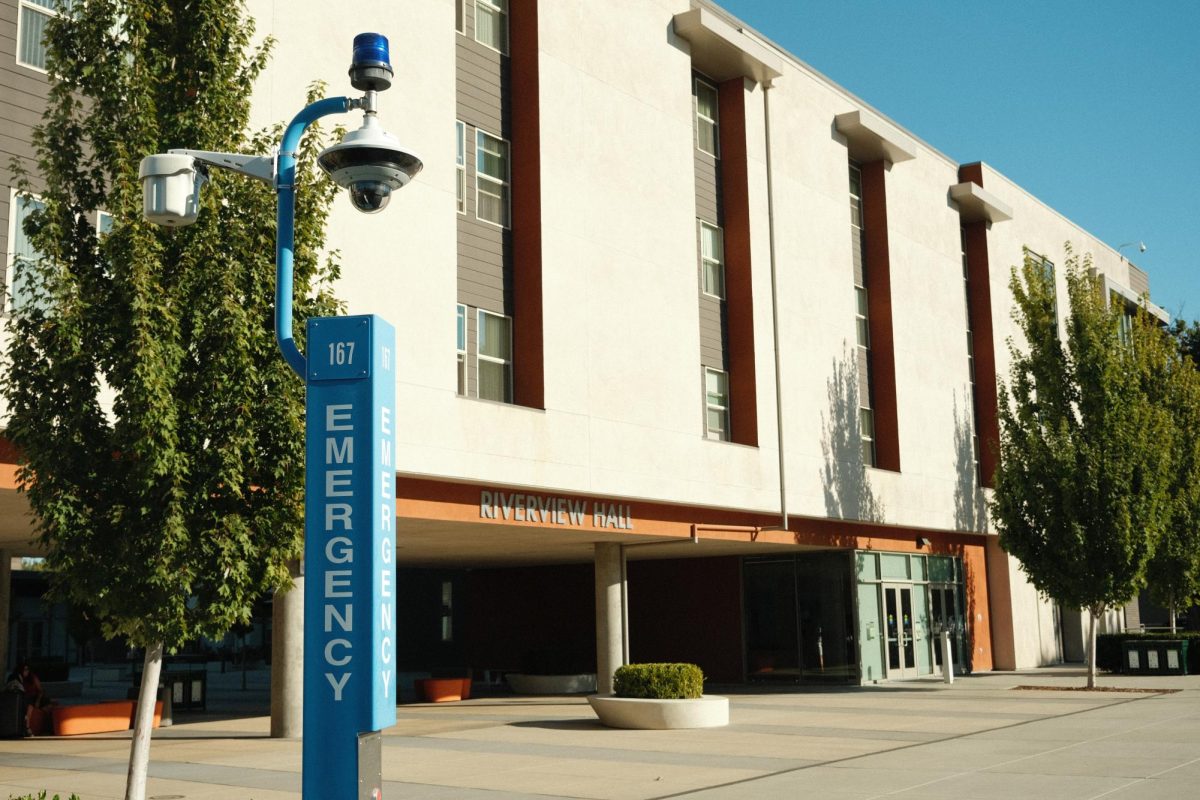With the departure of Sacramento State’s only counselor-in-residence Megan Ellis last semester, questions remain about how the university will continue to support at-risk residents to ensure access to timely, on-site mental health resources.
This semester is a turning point, as it is the first with no one in her position.
Former Sac State therapist Cathy Rojas worked in the Student Health, Counseling & Wellness Services for almost six years. Ellis and Rojas assisted advisers and residents with navigating the transition to college, roommate issues and general stress related to their living situation.
“To have a counselor who is literally physically in that space, that the housing community can get to know,” Rojas said. “I think is so important.”
Elle Snyder, a fourth-year business major with three years of experience working in campus housing, described the gap left by Ellis’ departure. She works as a front desk attendant but spent a year as a resident adviser.
Snyder said her role as an RA was difficult as training on mental health issues and after-hours professional support was scarce.
“I got a call about a domestic violence incident at 5 a.m., and me and my supervisor and the police were the only people there,” Snyder said. “It just hurt my heart so much, as someone who’s been through a similar thing, to know that the person was struggling and no one was up there for immediate support.”
Snyder suggested Sac State offer expanded training for RAs, increased presence of academic advisors within housing and improved communication to ensure students know what resources are available.
According to Jeanne Harris Van Dahlen, senior associate vice president of the SHCW, university housing and SHCW continue to collaborate closely to ensure residential life staff are well-prepared to support students’ mental health needs.
She said that each year, the teams co-lead training that includes mental health crisis response, suicide prevention and connecting students to appropriate resources. Additional workshops and awareness events are offered to keep staff current on best practices.
RELATED: Students can address mental health during their time at Sac State with on-campus counseling
Snyder highlighted Ellis’ impact on students, saying she was a critical backup during crises. Without Ellis, Snyder said, many students’ issues may not be addressed, and stress can increase on RAs who are already balancing housing responsibilities with their own academics.
“The reason I am not an RA anymore this year is because it was taking such a toll on my mental health,” Snyder said. “Megan actually recommended, if I could, to leave the role.”
For first-year psychology major Nia McNabb, the absence of a dedicated in-house counselor has been jarring. McNabb said she was alarmed to learn the counselor was removed without any replacement.
“There should be somebody on site in these types of situations, especially with the increase in suicide when it comes to young adults – specifically college-age students,” McNabb said.
Suicide is the second-leading cause of death for people ages 10 to 34, and rates among those 10 to 24 rose 62% from 2007 to 2021, according to the CDC. Young adults 18 to 25 also report the highest rates of suicidal thoughts, federal data show.
She said that she believes every floor should have a counselor who checks in regularly and builds personal relationships with students as a standard. McNabb highlighted broader gaps in campus services and stressed the limited capacity of RAs as students themselves.
“They can’t fully assume the role of trained counselors for mediating conflicts or addressing complex mental health needs,” she said.
Nadine Kelley, executive director of university housing services, said that the program will continue but did not specify when a replacement counselor will be instated. In an email statement, Kelley said SHCW has agreed to maintain support for residents.
“In the interim, our partners at SHCW have offered their services, ensuring resident students have access to their team of licensed mental health professionals,” Kelley said.
Van Dahlen said they are in the process of replacing the in-residence counselor and confirmed in an email statement that counseling needs have been transferred to The WELL in the meantime. She said the students will have access to the “strongest mental health team the university has ever had,” including psychologists, marriage and family therapists, a board-certified psychiatrist and trained peer wellness advocates.
Services at The WELL are included in student fees, so students would not have to pay out of pocket for counseling, according to Sac State.
With Ellis’ departure, other resources have been made available on campus to address students’ needs. To further support students and staff, Kelley and Van Dahlen both highlighted the TimelyCare program, a virtual health platform designed for college students that provides 24/7 access to licensed mental health providers.
“We recognize that living on campus comes with unique challenges. All of our licensed mental health professionals have the experience to navigate those needs,” Van Dahlen said. “This ensures students living on campus are not limited to one individual but instead can access a broad array of professionals.”
All Sac State students can have on-demand support for common mental and emotional health issues or access to self-care content, such as yoga and meditation sessions. TimelyCare also allows students to anonymously join a peer community and connect with other students who go through similar situations.
RELATED: Sac State event aims to bring awareness to mental health resources
Despite support being available through SHCW, both current and former housing staff stress that gaps still exist, particularly in providing immediate, accessible support within residence halls during a crisis.
Rojas said that an in-house counselor plays a unique role in student mental health. While campus counselors are available at The WELL, she said, proximity and familiarity make a counselor physically in housing critical for students.
“Working with a specific population within college counseling, like students who are living on campus, is really a specialty,” Rojas said.
According to the National Institute of Health, a study found 60% of students being separated from their family, living on campus increases stress significantly. Rojas said that student residents specifically face a range of mental health challenges, including depression, anxiety, adjustment issues, interpersonal conflicts and eating disorders.
“I would wonder if fewer students would go to counseling if they weren’t able to see that housing counselor,” Rojas said. “If a student is going to walk all that way, it’s actually a pretty far walk.”
Snyder echoed the concern and highlighted the barriers for incoming freshmen or students experiencing mental health crises. In 2023, the National Education Association reported that 44% of students said they had symptoms of depression, 37% had experienced anxiety and 15% had considered suicide.
“If you can’t brush your teeth, how can you make it a therapy appointment?” Snyder said. “There should be a 24-hour mental health counselor for the housing.”
Snyder said she believes that many more students will not have their issues addressed, as Ellis was available around the clock.
Rojas said that rehiring a dedicated in-residence counselor should be a top priority for the university to maintain trust, accessibility and familiarity within the residential community.
“I would 100% utilize dedicated counseling services if they were available,” McNabb said.
Ellis declined to comment when contacted by The State Hornet.



